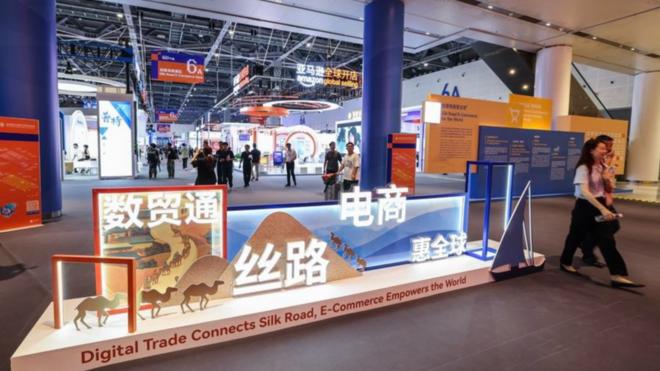The Belt and Road Initiative: A Global Infrastructure and Trade Vision
Wiki Article
The Belt and Road Initiative (BRI), launched by China in 2013, is probably the most ambitious international development strategies in modern history. Often described as a revival of the ancient Silk Road, the BRI aims to further improve global connectivity through massive infrastructure projects, trade partnerships, and investment opportunities across Asia, Europe, Africa, and beyond. Today, over 150 countries have signed cooperation agreements, making the BRI a cornerstone of international economic diplomacy.

Origins in the Belt and Road Initiative
Proposed by Chinese President Xi Jinping, the BRI originally had two primary ingredients:
The Silk Road Economic Belt – a land-based network of railways, highways, pipelines, and trade routes connecting China to Central Asia, the Middle East, and Europe.
The 21st Century Maritime Silk Road – a lot route spanning Southeast Asia, South Asia, Africa, and Europe, made to boost maritime trade and port development.
Together, these routes reflect China’s vision of strengthening global trade corridors while expanding its role like a central economic hub.
Key Objectives
The BRI has several broad goals:
Infrastructure Development – building railways, highways, bridges, pipelines, power plants, and digital networks.
Trade Facilitation – reducing barriers to cross-border trade and improving customs cooperation.
Financial Integration – promoting the use of regional financial institutions, such as Asian Infrastructure Investment Bank (AIIB).
Cultural Exchange – fostering educational, tourism, and cultural cooperation.
Sustainable Development – encouraging projects that improve energy efficiency and green development, although critics argue environmental standards remain uneven.
Global Impact
The BRI has received a transformative impact on global trade and development:
Economic Growth: Many participating countries, particularly in Asia and Africa, have gained new opportunities for infrastructure funding.
New Trade Routes: Rail links from China to Europe have significantly cut shipping times, while port developments in Africa along with the Indian Ocean expand maritime trade.
Geopolitical Influence: China has strengthened ties with partner nations, increasing its diplomatic leverage about the world stage.
Criticisms and Challenges
Despite its promise, the BRI faces significant criticism:
Debt Concerns: Some countries have struggled with repayment, raising fears of "debt-trap diplomacy."
Environmental Risks: Large-scale infrastructure projects can harm ecosystems if not managed sustainably.
Transparency Issues: Lack of clear governance standards has fueled concerns over corruption and uneven benefits.
Geopolitical Tensions: Western countries, especially the United States and EU members, observe the BRI like a strategic tool for China’s global dominance.
The Future of the BRI
As the initiative enters its second decade, China has pledged to produce the BRI more “green, digital, and inclusive.” Future priorities include renewable power projects, smart logistics, and digital infrastructure such as fiber-optic cables and 5G networks. The BRI’s success is dependent upon balancing economic growth with environmental responsibility, while ensuring projects bring sustainable benefits to all stakeholders.
The china belt and road initiative is reshaping the worldwide economic landscape. By investing in infrastructure and trade networks, it promises greater connectivity and shared development. Yet, challenges around debt, governance, and environmental sustainability must be addressed to guarantee the BRI evolves right into a truly cooperative and balanced platform for international progress.